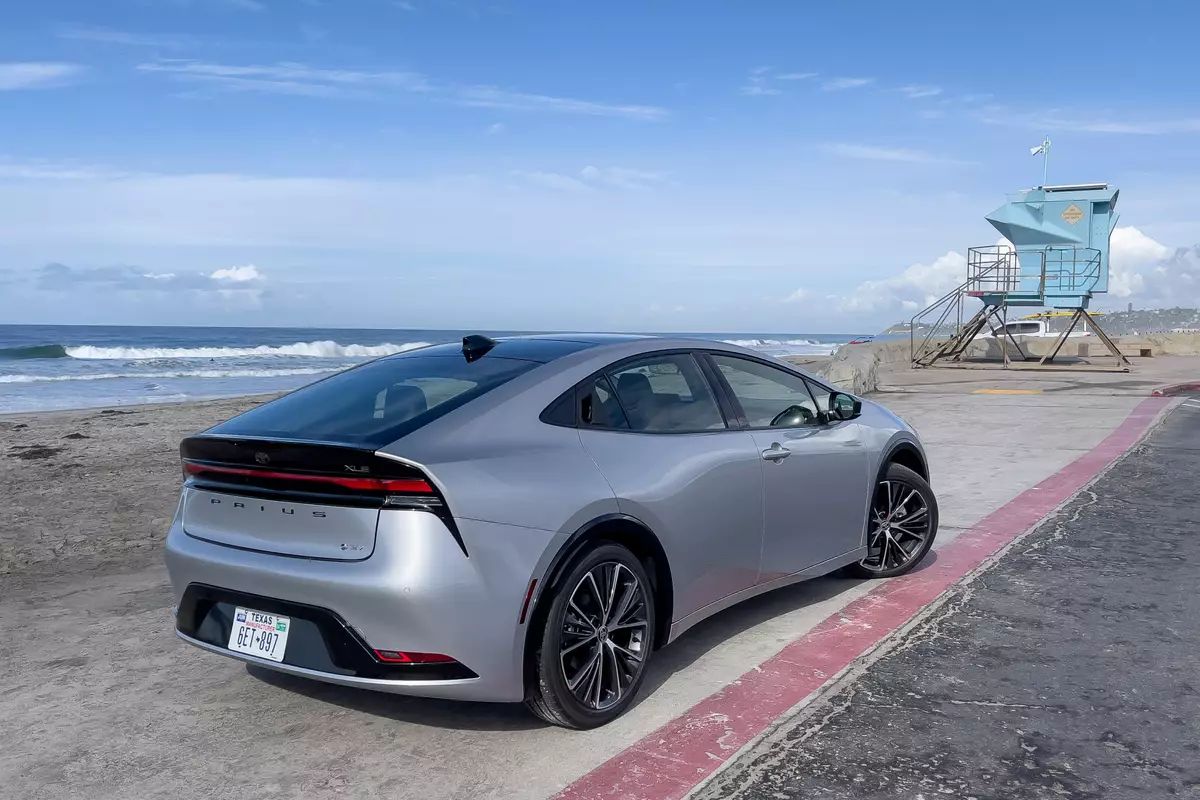USB ports in cars are supposed to make life easier—charge your phone, connect to Android Auto or Apple CarPlay, maybe play some music off a flash drive. But some automakers?
They seem to go out of their way to hide these ports in the most annoying, awkward, and borderline stupid places. We’re talking under the center console, behind cupholders, inside glove compartments—you name it.
Now look, we get it. Not every car can have Tesla-level tech, but is it too much to ask for a port that doesn’t require you to dislocate your shoulder or perform a full yoga pose just to plug in a cable?
This list is dedicated to cars that have somehow fumbled this basic feature in ways that feel like a prank. So if you’re tired of fumbling around in the dark trying to find where the USB port is, or if you’ve ever dropped your phone into a no-man’s-land between seats just trying to plug it in, you’re not alone.
Let’s look at 10 cars that place USB ports in the absolute worst spots, making us question if anyone tested the layout before giving it the green light.
1. Chevrolet Camaro
Chevy nailed the muscle car vibe with the Camaro, but when it comes to ergonomics? Not so much. One of the most baffling choices is where they put the USB port—in the glove compartment.
Yep, seriously. Who thought it was a good idea to stash the USB port where only the passenger can reach it (and barely at that)? If you’re driving solo and want to plug your phone in, guess what—you’re pulling over or performing a reach that’ll wreck your back.

Even worse, if you use the glove compartment for, you know, gloves or documents, your cable’s going to get tangled up in a mess every single time.
Plus, there’s no way to interact with your phone while it’s tucked away unless you’re cool with popping open the compartment every five minutes. That’s not just inconvenient—it’s borderline dangerous while driving.
And don’t even think about connecting to Apple CarPlay or Android Auto mid-drive. Unless you’re Stretch Armstrong, you’re out of luck. For a car marketed as “driver-focused,” hiding essential tech behind a door on the passenger side is just plain dumb.
ALSO READ: 5 Cars With the Best Engine Cooling Systems and 5 Prone to Overheating
2. Toyota 4Runner
The 4Runner is a rugged SUV, great for the outdoorsy type who wants to go off-road and explore. But Toyota must’ve figured you’d be out in the wild with no need for charging, because the USB placement in this thing? Awful.
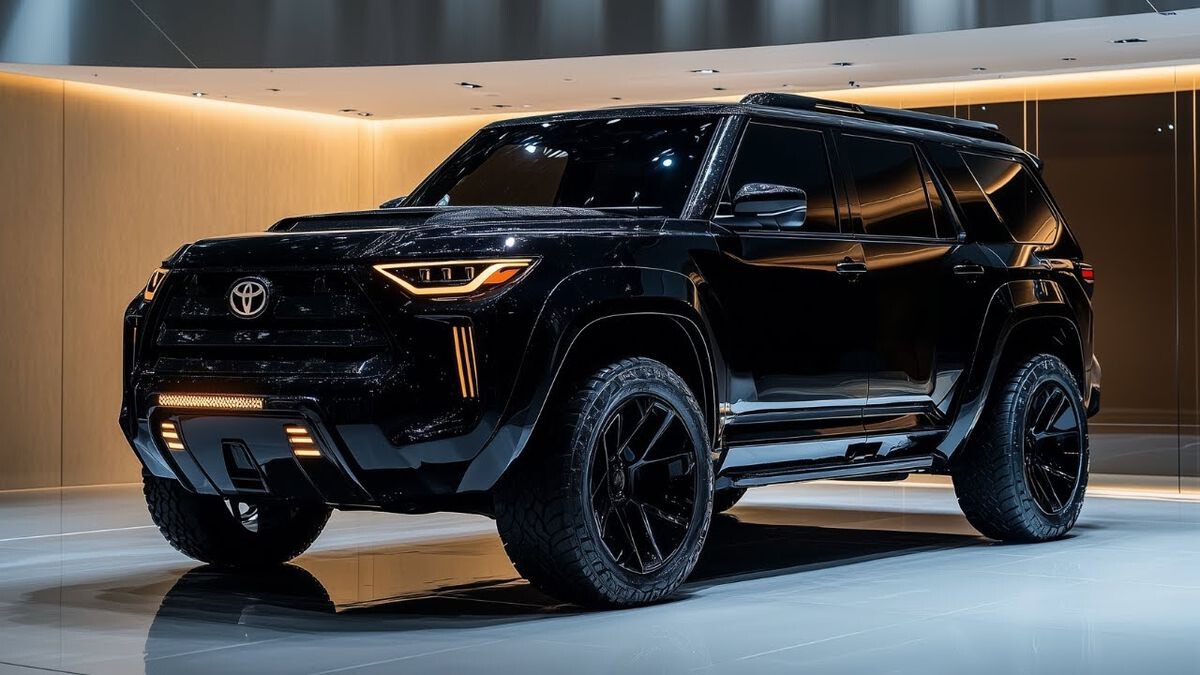
The main USB port lives at the bottom of the center stack, buried underneath buttons and knobs and placed so deep in the console that you’ll practically have to lie across the seat to see it properly.
And once you’re down there, good luck plugging anything in without scraping your knuckles on sharp edges or pushing random climate control buttons in frustration.
The worst part? The cable routing is terrible. Once plugged in, your charging cable dangles awkwardly and often gets tangled with the gear shifter or caught up in drink holders. It’s messy, it’s annoying, and it completely ruins the clean interior vibe Toyota was going for.
You’d expect better from a car that costs this much and is built for adventure. Because guess what? If you’re road-tripping, you want easy access to power, not some kind of USB treasure hunt.
3. Mazda CX-5
The Mazda CX-5 is all about refined interiors and sharp driving dynamics. But when it comes to placing USB ports, someone phoned it in. The front USB ports are buried inside the center console storage bin, underneath a tray that you have to remove just to get to them.

You’d think they’d place them above the console or even under the dash for convenience. Nope. You’ve got to open the console, remove the tray, and then fumble with the cables in the dark just to get a charge going.
And if you’re in a hurry? Forget it. You’re just going to throw your phone in there with the lid half-shut and hope for the best.
It also doesn’t help that once your phone is inside that console, it’s completely inaccessible. No glancing at navigation, no skipping tracks, nothing—unless you want to fish around while driving, which, again, is dumb and dangerous.
For a car that otherwise feels modern and intuitive, this USB placement is a letdown. Mazda, if you’re listening—next time, keep the function as polished as the form.
4. Ford Mustang
Classic icon, powerful engine, terrible USB layout. The Ford Mustang’s USB port placement is so low in the center stack that it’s sitting on the floor. It’s right under the infotainment system and pushed so far back that plugging in your phone feels like a task for a tiny robot arm.
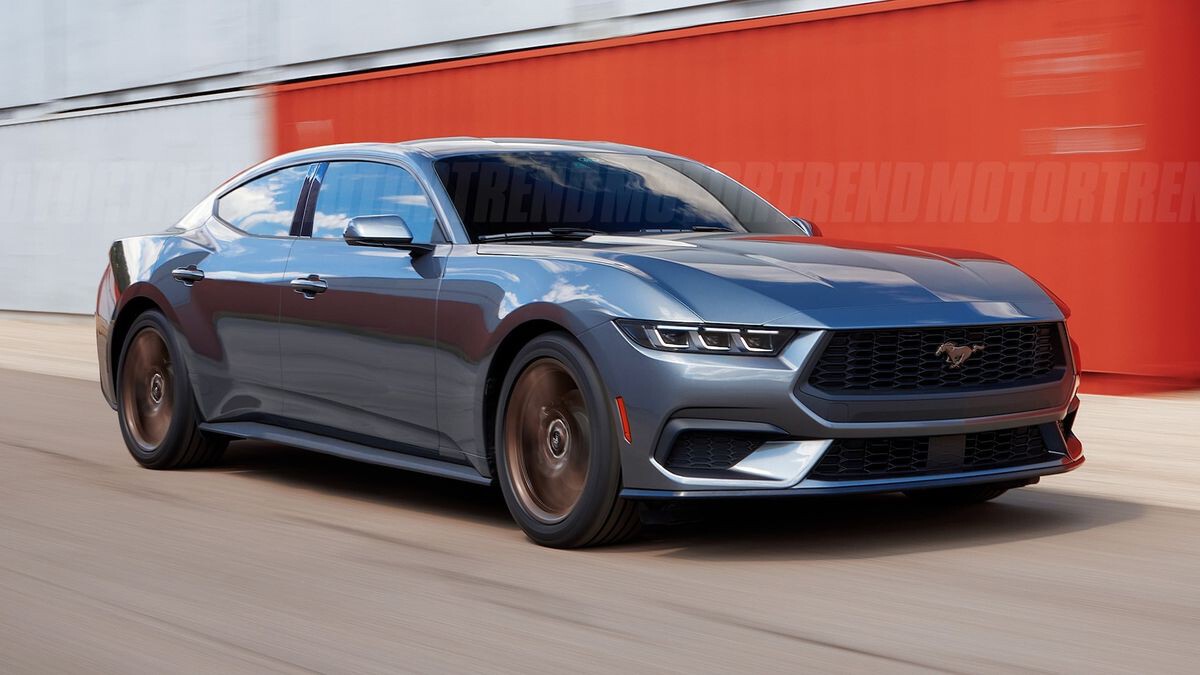
Drivers constantly complain about needing to look away from the road to plug things in, especially if they don’t know exactly where the port is. There’s no tactile guide, no visibility—just a blind reach and pray. On top of that, once your phone’s plugged in, there’s no stable place to place it. It ends up sliding around or being jammed in with drinks and gearshift movements.
Also, when you’re using Apple CarPlay, you’ll need to use that one physical port—no wireless option here—which means you’re stuck with this awkward setup every single time you want to mirror your phone. It’s all very 2010 for a car that’s meant to feel modern.
5. Jeep Renegade
The Renegade tries to be quirky and fun. But hiding the USB port inside the armrest storage compartment? That’s not quirky. That’s just stupid.
You have to flip up the armrest, dig around inside a dark little cubbyhole, and somehow plug in your device.
Once it’s plugged in, you can’t use the armrest without crushing your cord, which means now your elbow’s resting on a weird angle and your phone is trapped in a dungeon. Good luck grabbing it quickly if you get a call or want to change your playlist.

And since it’s not even a wireless system, you’re forced to use the cable port to connect with CarPlay or Android Auto. It’s like Jeep is saying, “You want tech? Fine. But you’re gonna suffer for it.”
Honestly, this setup turns a 2-second action into a full-blown ordeal. For a car aimed at young, connected drivers, this layout feels like it was designed before smartphones even existed.
ALSO READ: 5 Cars With Virtually Maintenance-Free Engines and 5 Constant Money Pits
6. Subaru Forester
Subaru gets a lot right—safety, all-wheel drive, solid build. But user experience inside the Forester? Questionable. The USB ports are placed deep below the HVAC controls, wedged into a recess that’s only easy to reach if you’re a contortionist.

Plugging anything in requires bending your wrist backward while hovering your hand over a hot cup of coffee and maybe smashing the defrost button by accident.
And once the phone is connected, there’s nowhere to set it unless you dedicate a cupholder or leave it hanging out awkwardly in your lap.
Even worse, it looks like they just tacked the ports on as an afterthought—no thoughtful routing or dock, just “here, deal with it.”
In an age where people expect smart layouts and intuitive tech integration, this is the kind of design that makes users shake their heads and wonder if anyone tested it out before launch.
Subaru fans might forgive a lot, but even they have a hard time defending this mess.
7. BMW X1
Luxury should mean convenience, right? Not in the BMW X1. The USB port here is tucked behind a flap in the lower dash, nearly underneath the climate controls. To get to it, you have to lean way forward and basically feel your way through plastic panels. Not elegant, not intuitive.

And then there’s the issue of phone placement. Once you’ve plugged in, you’ve got nowhere logical to place your phone except inside a tiny tray that’s not rubberized—so your phone slides around every time you brake. Pair that with short factory cables and you’ve got an awkward mess.
For a premium compact SUV, this lack of thoughtful tech layout is just silly. BMW wants you to think you’re driving a “driver’s car,” but apparently couldn’t bother making basic tech functions… You know, easy to use.
8. Honda Civic (10th Gen)
The 10th-gen Civic is loved for its affordability and sporty looks. But the USB port? It’s under the center console shelf, practically invisible unless you stick your head into the footwell.
You’re expected to plug your cable into a spot you can’t even see. The result? Dropped cables, scratched hands, and lots of swearing. Plus, once it’s connected, the cable has to snake up and around awkwardly, which just looks messy.
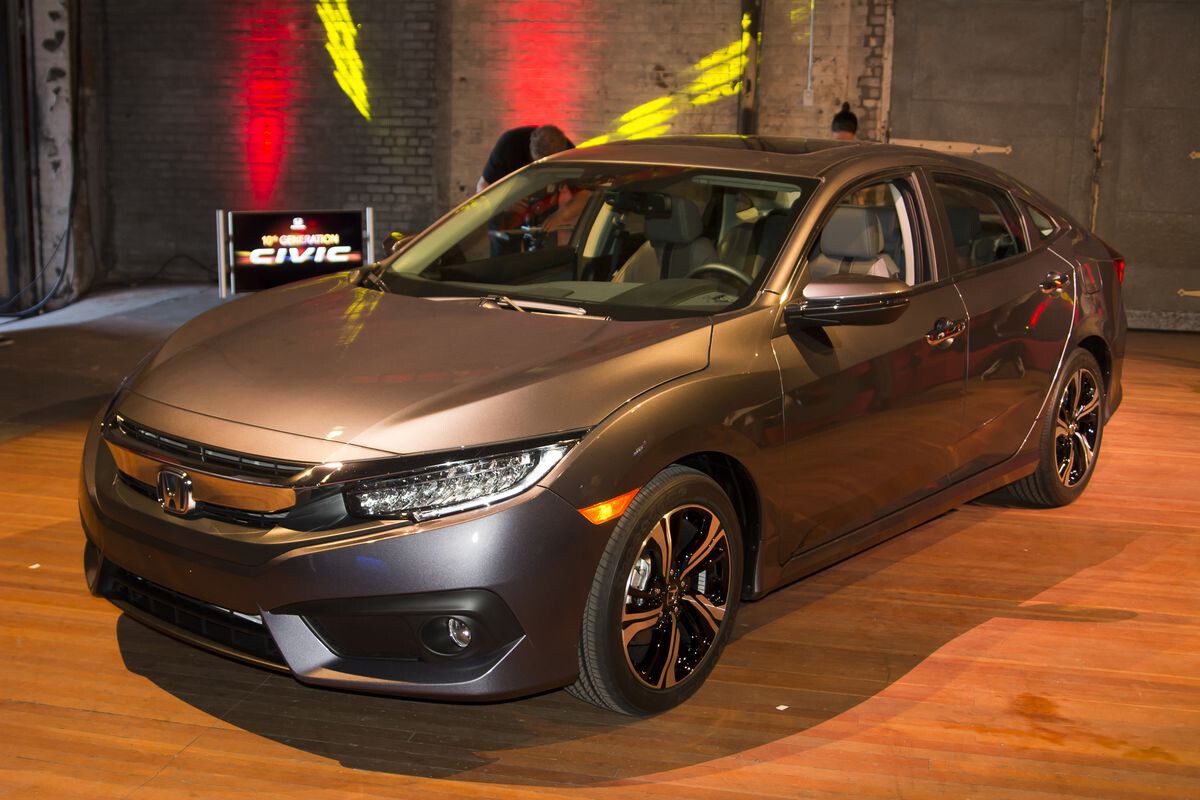
Sure, there’s a logic to hiding wires, but Honda took it too far. If it takes longer than 10 seconds to figure out how to plug your phone in, it’s not user-friendly. And if you’re doing this for the first time at night? Good luck.
9. Nissan Rogue
The Rogue tries to be a tech-forward family SUV, but its USB placement is way off. The rear-seat USB ports are located directly under the center front console, where nobody can reach them without being a yoga instructor.
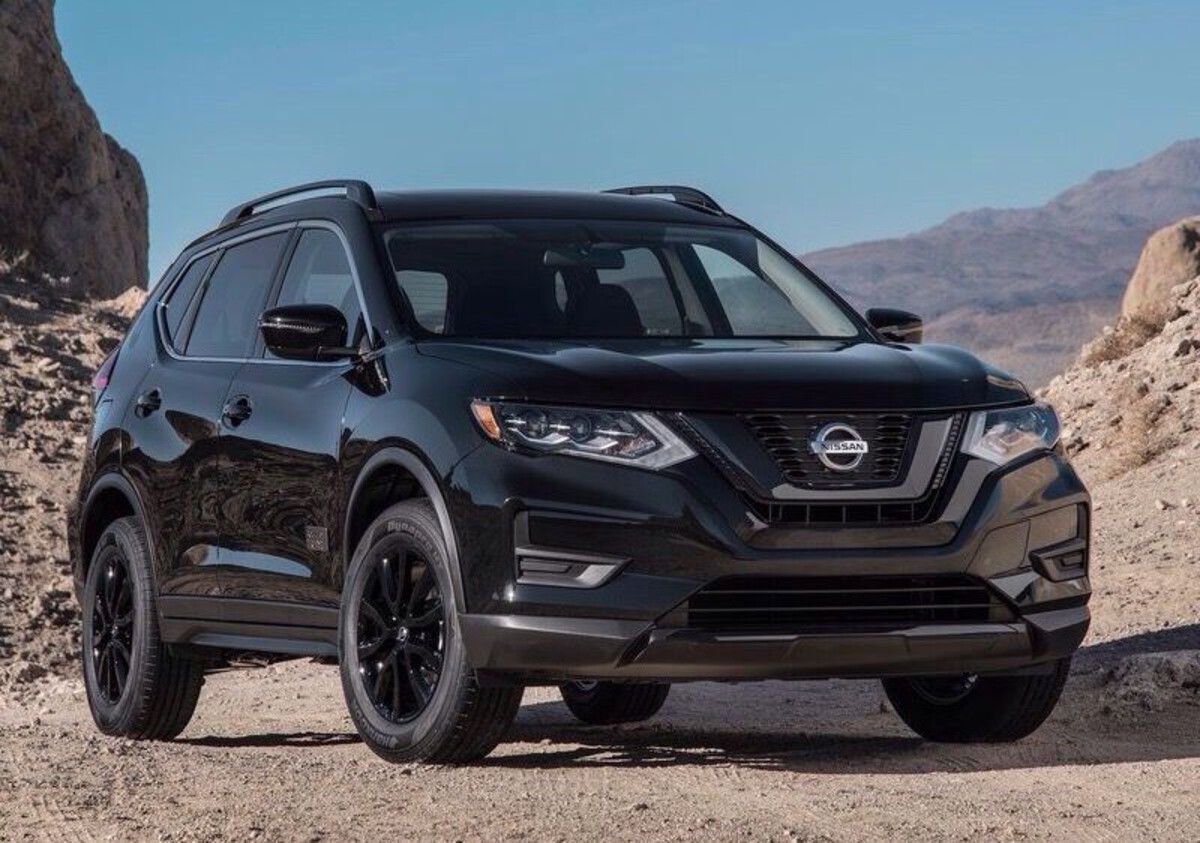
Rear passengers end up practically lying on the floor to find the ports. Parents trying to charge a tablet for a screaming toddler? Better pull over. Even worse, the placement ensures the cords stick out at foot-level—so kids kick them, break them, or accidentally unplug them.
Why not put them higher up on the seatbacks or armrests like other SUVs? No idea. This feels like Nissan just needed to tick the box: “USB ports? Yep, somewhere back there.”
10. Dodge Charger
The Dodge Charger is bold and aggressive, but the USB ports are jammed behind the shifter and next to the cigarette lighter, where it’s dark, cramped, and easy to spill your drink all over your device. Once again, cables dangle over cupholders or interfere with gear shifts. Chaos.
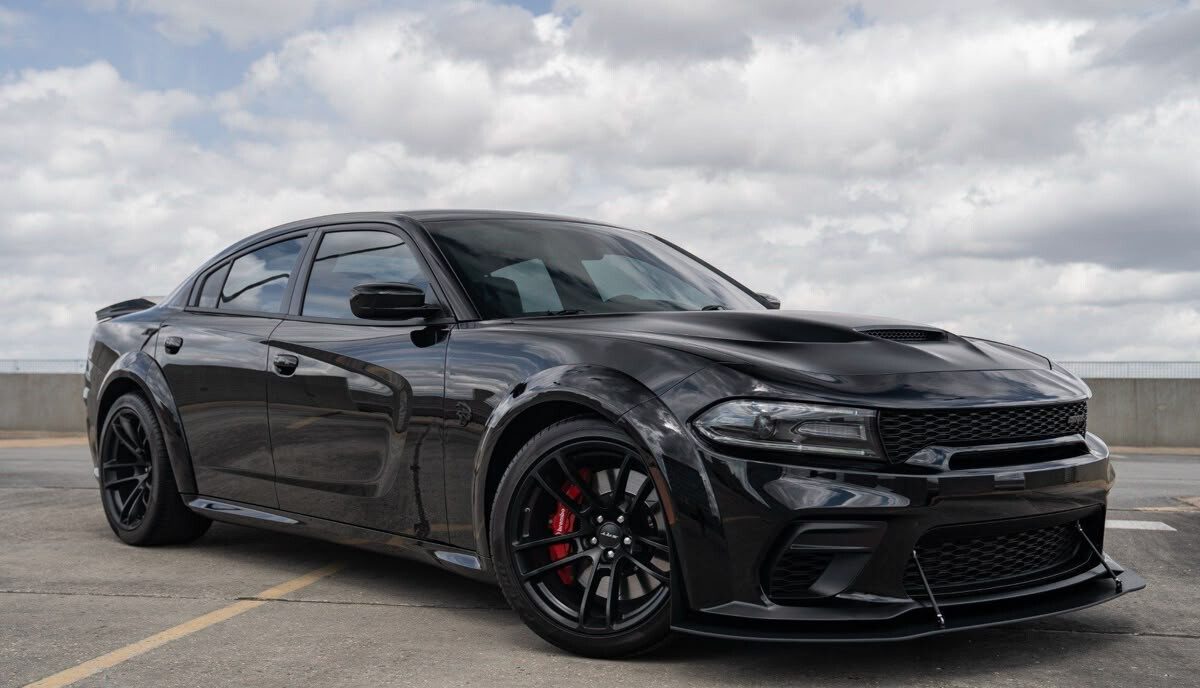
The passenger can’t help without leaning dangerously close to the driver’s space. Also, the ports are often unlit, so at night, you’re just fumbling in the dark. It’s like Dodge didn’t even try to imagine how people would use the tech.
In a car that screams performance and presence, the USB port design feels like an afterthought.
Let’s be real—USB ports shouldn’t be hard to find or use. They’re not fancy new tech anymore; they’re expected.
So it’s mind-blowing how many carmakers still screw this up. Whether it’s burying them inside compartments, jamming them under the dash, or hiding them in the back like a bad Easter egg, these placements aren’t just annoying—they’re a safety issue, too.
Designers need to start treating tech usability like a priority, not an afterthought. We’re in a world where phones run everything—maps, music, messages—so ports should be front and center, easy to access, and well-integrated.
If you’re buying a new car soon, test the USB layout before signing anything. Seriously. Try plugging in your phone. If it takes more than 10 seconds or requires a wrist injury, walk away or demand better. It’s 2025. There’s no excuse for this nonsense anymore.

